KTM 790 Adventure Models: In Context
To get a sense of how KTM’s all-new 790 Adventure and 790 Adventure R models were designed to ‘fit’ into the Austrian brand’s existing model line-up, we spoke with Adriaan Sinke at the two bikes’ media launch in Morocco. This big Dutchman is the Product Manager for KTM’s mid-size models, meaning he overseas KTM’s 690 and 790 models; everything from the street-going Duke to the globetrotting 790 Adventure R. And like everyone at KTM, Sinke knows the bikes inside out not because he’s memorized the brochure; but because he rides the things himself, day-in and day-out.
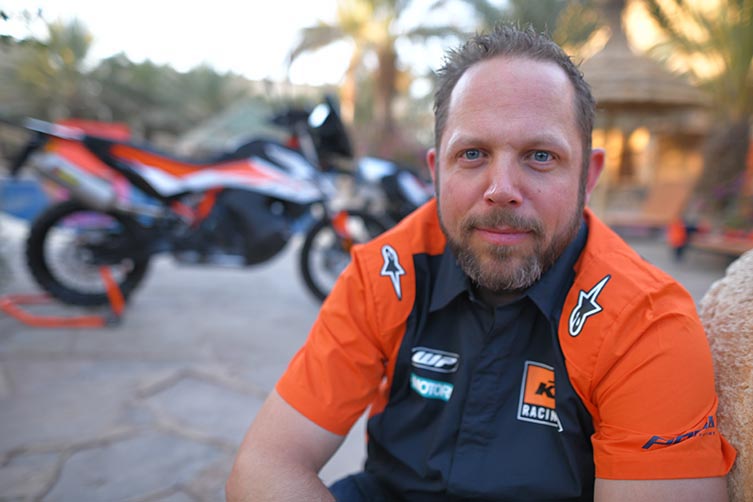
TM: Just a month before KTM launched these long-awaited new 790 models, a much-updated version of its 690 Enduro R was released. As the 790s are arguably KTM’s most important Adventure model to date, was there a risk the new 690 would dilute the impact of the 790’s release?
AS: Possibly. But we see that the 690 and 790 models are aimed at very different riders. We refer to the 690 Enduro R as a “long-distance enduro” machine, and to the 790 Adventure models as “mid-weight travel enduro” bikes. In other words, the 690 closes the gap between the 500EXC-F and 790 Adventure R, and is what we believe is the most ‘reduced’ version of a street bike; or the most off-road oriented street bike possible. Being more comfortable and road-capable, the 690 allows you to travel a lot further than you could on a 500EXC-F. Then if you want a greater fuel range and longer-distance travel comfort than the 690 offers, you’ll automatically gravitate toward the 790 Adventure models. Obviously, the 790s are bigger and made for longer-distance travelling to remote places – and they’re capable of doing 450km on one tank of fuel – but, like the 690, the 790s remain very competent machines in off-road terrain. In other words, we’re making the clear distinction here between ‘enduro’ and ‘adventure’ models here. Also, prior to the 790, KTM’s model line-up had a very large gap between the 690 Enduro R and 1090 Adventure R models. The 790 Duke filled a similarly large gap we previously had in our street models.
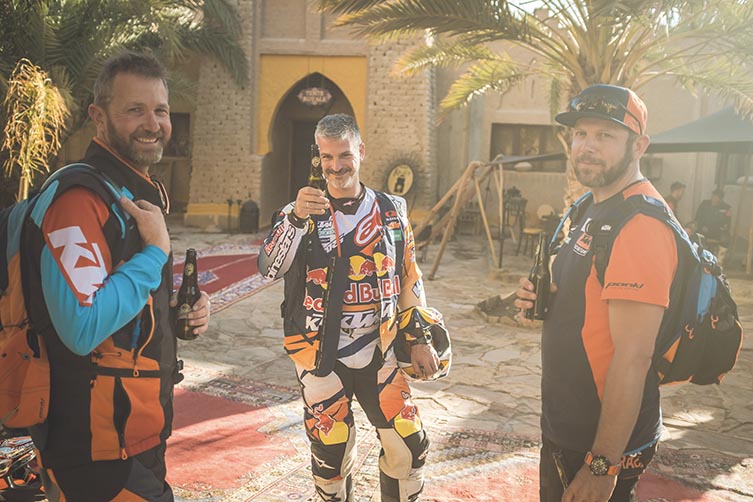
![]()
”KTM’s 690 and 790 models are aimed at very different riders. We refer to the 690 Enduro R as a “long-distance enduro” machine, and to the 790 Adventure models as “mid-weight travel enduro” bikes.”
![]()
Plus, the ‘mid-capacity travel enduro’ is a fast-growing and lucrative market segment for manufacturers, right?
Absolutely it is. Which is why KTM is not the only manufacturer to produce a lighter, more manageable and more affordable mid-capacity version of their ‘maxi-enduro/travel’ models. Growing numbers of our own customers have been asking us for a mid-capacity travel enduro machine, so we’ve listened to that. And while it’s true that the 790 has given them a true successor to KTM’s 990 Adventure models, we didn’t want to make the 790 only for that hardcore niche; we wanted to make sure these 790s work as a package for a broader audience. And that is why we’re offering the 790 in both Adventure and Adventure R versions.
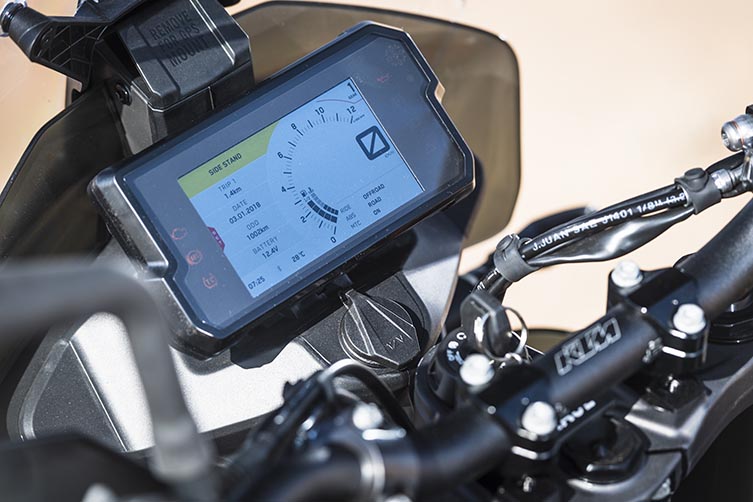
When you look at the componentry on these new 790 Adventure models, you see a mix of street-going bits from the 790 Duke and hardcore off-road parts from KTM’s 450 Rally machines. Was that the 790’s design philosophy; to take the best bits from both street and rally bikes?
Yes, it was. From the very beginning, these new 790s were developed in parallel with KTM’s incredibly successful 450 Rally machine and the street-oriented 790 Duke that was released prior to it. But we do this with all our bikes. I mean, because KTM now produces such a wide range of models, we have the capability of adapting technology and components from exiting models to new ones.
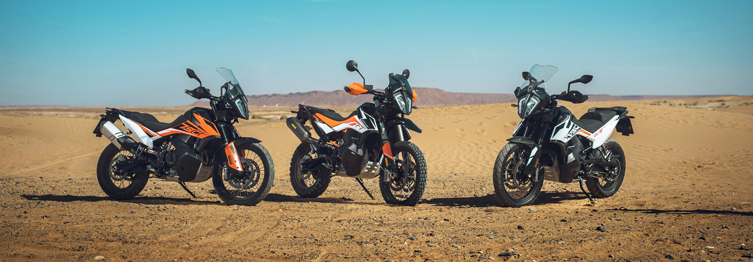
![]()
“The 790 has given customers a true successor to KTM’s 990 Adventure models, but we didn’t want to make the 790 only for that hardcore niche; we wanted to make sure these 790s work as a package for a broader audience.”
![]()
From KTM’s perspective, what sort of rider is each 790 model designed to suit?
Broadly speaking, the ‘standard’ 790 Adventure model is aimed at riders who want an all-purpose adventure bike, but don’t ride too much really technical off-road terrain. Then the Adventure R is the Swiss army knife of adventure bikes. With up-specced and adjustable suspension componentry, the Adventure R is an enormously capable, confidence-inspiring and agile machine in off-road terrain, and yet it’s equally at home on the tarmac. That makes us feel that Australia is going to be a really big market for us, as you guys are always pushing KTM’s design team to make its Adventure models as off-road-capable as possible. You’ll be interested to know that we’ve done quite a bit of R&D at Australia’s KTM Adventure Rallye events, and that input literally went straight into the 790 Adventure R project. As the lead R&D rider for the project, KTM USA’s Quinn Cody endorsed how much the beefed-up suspension improved the bike’s overall feel and performance, without compromising its street-going manners. With Quinn’s feedback aligning with what we found in Australia, it convinced us that we had something very special on our hands; that the Adventure R’s amazingly broad and versatile handling capabilities would clearly set it apart from the other bikes in the segment. The R’s WP fork and shock is the most expensive suspension we’ve ever fitted to a ‘street’ bike, and that largely accounts for the price differential between the Adventure and Adventure R models.
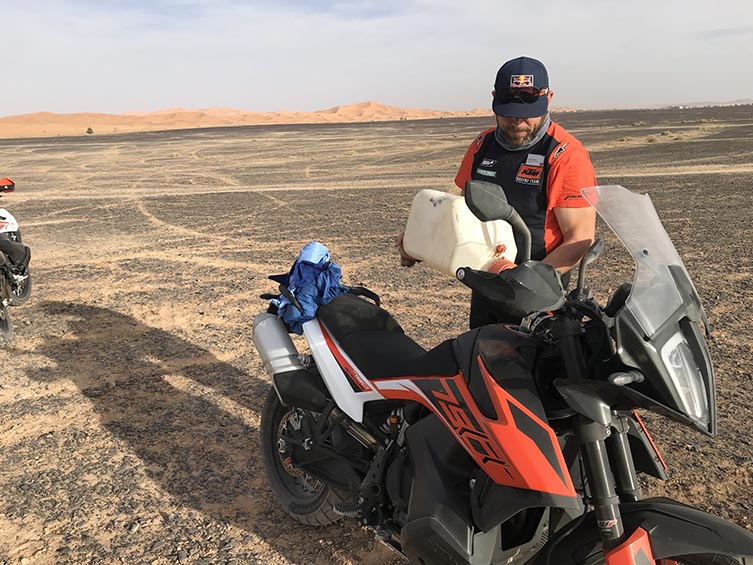
In your view, what are the ‘standard’ 790 Adventure model’s best attributes?
I have put it to the test for countless kilometers in Austria and Spain, and can attest to it being a fantastic street bike with footpeg-scratching capabilities. That said, with its low seat and the fact it carries its weight so low, it’s incredible what the Adventure model can take when you leave the tarmac behind. We believe those characteristics will also make it a great choice for people who are getting into adventure riding for the first time, or those who are currently riding another brand, but want a lighter and more capable machine. Prior to the 790 Adventure, it was tricky because there really wasn’t any adventure model on the market with a similarly low and non-intimidating seat height. People looking for a lighter, all-purpose bike would tend to buy a 690. But then they’d have to lower its tall seat to feel comfortable; and in doing so, lose some of its off-road capability. I think the 790 Adventure’s seat height – which can be quickly and easily adjusted between 830 and 850mm – offers a perfect mix.
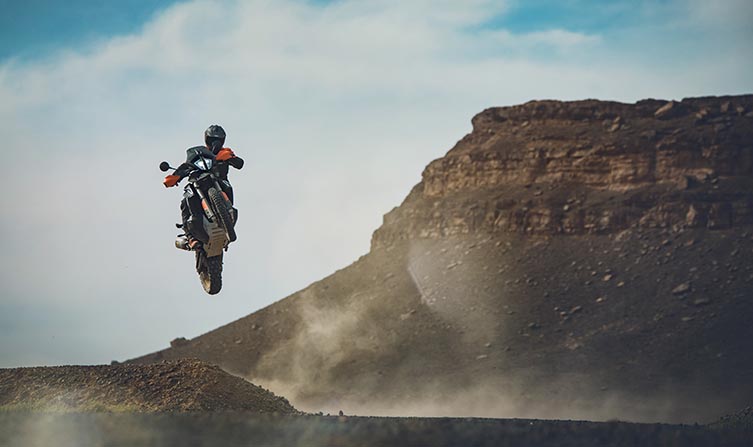
![]()
“The ‘standard’ 790 Adventure model is aimed at riders who want an all-purpose adventure bike, but don’t ride too much really technical off-road terrain. The Adventure R is an enormously capable, confidence-inspiring and agile machine in off-road terrain, and yet it’s equally at home on the tarmac.”
![]()
And the Adventure R model’s best attributes?
Undoubtedly, the suspension performance is the R’s best attribute. Here at the international launch, pretty much every journalist I spoke with could not believe how hard they were able to hit off-road bumps and jumps without the fork or shock bottoming, and yet how stable and plush and planted it felt across rocky surfaces. I think the narrow ergos and flatter-than-average seat – made possible by the fact the 20-litre fuel tank carries so much of its fuel very low – allows you turn the bike while seated in a way that other adventure bikes simply don’t allow you to do. That low centre-of-gravity really gives the bike a unique handling advantage. All of that said, we were very mindful not to make the bike’s focus too off-road. After all, it’s an adventure bike and must therefore also be a good street bike. So while the R’s suspension is firmer, it also comes with the sort of adjustability that lets you adapt it to the tarmac. With road tyres fitted, I can’t tell you how much fun I’ve had on the R on mountain roads.
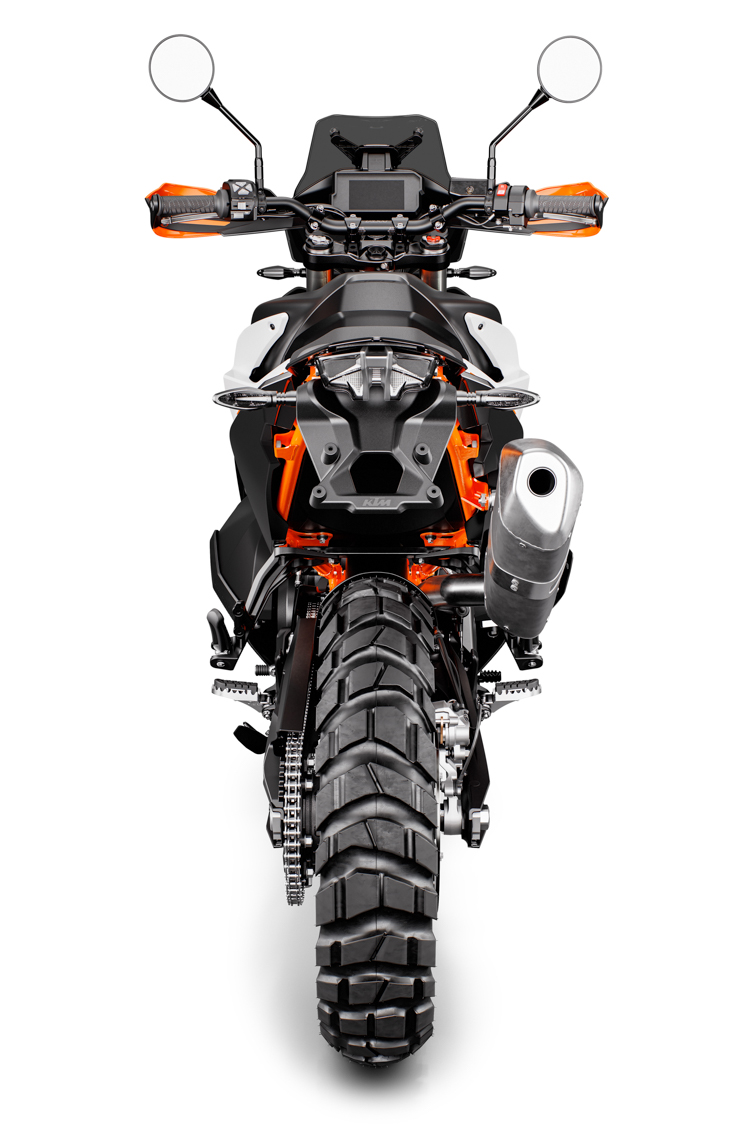
Looking back at the 790 Adventure models’ development, how satisfying was the project for you and the team around you?
Very satisfying, though I should point out that while product management gives the project direction, the R&D Project Leader, Andreas Guehlsdorf and his team, have made this bike happen. I’ve been with KTM for almost four years and seen several projects, and what’s clear is that developing motorcycles is never an easy process. For instance, we had a real issue during the 790’s development because testing in extreme temperatures in the USA showed us that the bike needed a much better radiator and cooling fan solution – which, of course, we did. What I found so interesting about the 790 project was how aligned everybody was with the bike’s direction. From upper management to marketing to our sales guys, we were all very much on the same page in our vision for how these two 790s fitted into our model line-up and how we believed they would be the best, most performance-oriented bikes in the market segment. And that made everyone’s job easier. The feedback at this launch has been incredibly positive, which makes us even more excited about how well we expect the bikes to be received by the market. These 790s are not the cheapest bikes in the segment, but you get a hell of a lot of added performance for the premium you pay for them.
![]()
MORE ON THE KTM 790
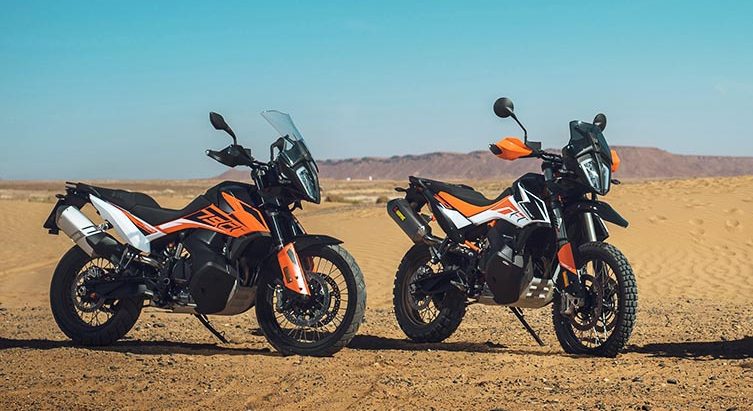
2019 KTM 790S: THE ‘ADVENTURE’ VS ADVENTURE R’
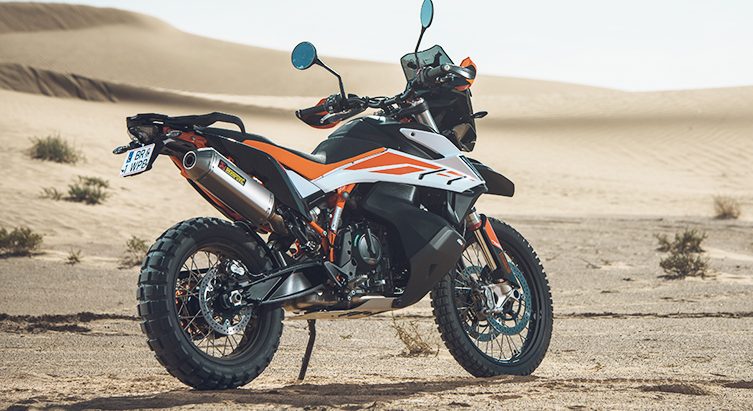
KTM 790 ADVENTURE MODELS: IN CONTEXT
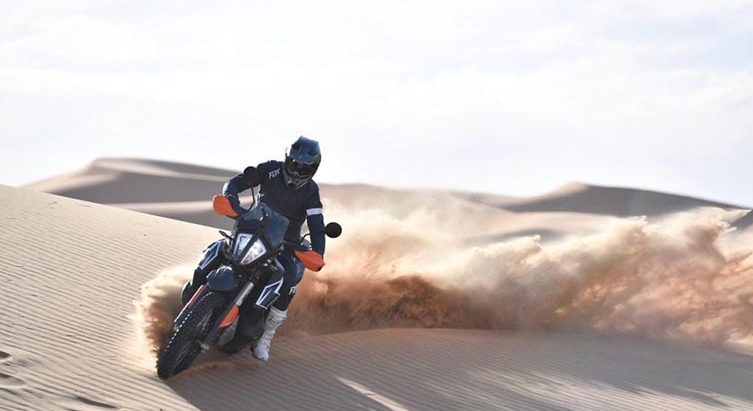
KTM’S 790 ADVENTURE R: THE GAME CHANGER!
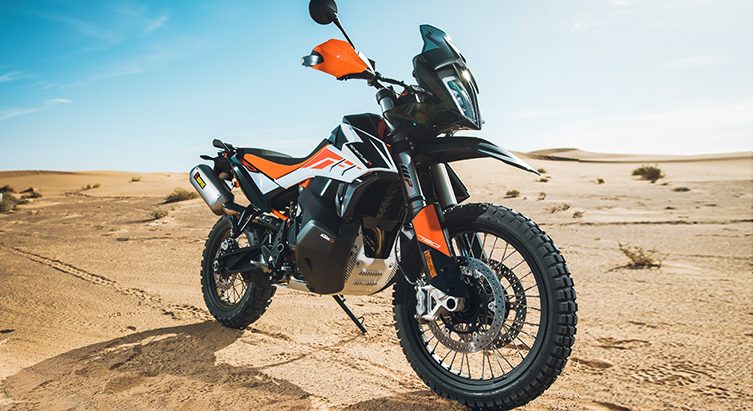
TESTED: KTM 790 ADVENTURE & ADVENTURE R

KTM’S ADVENTURE MODELS: A SHORT HISTORY

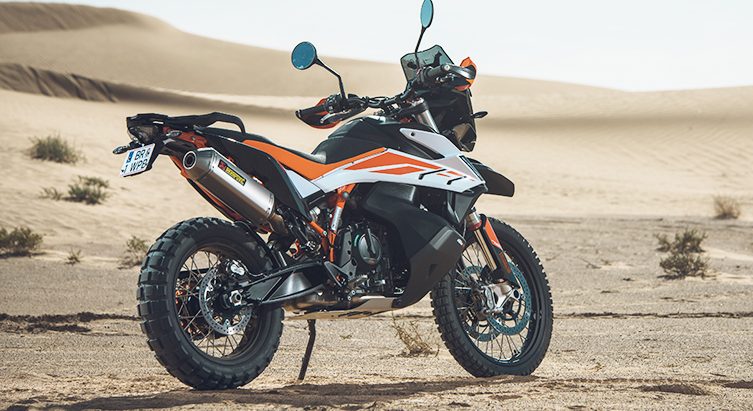


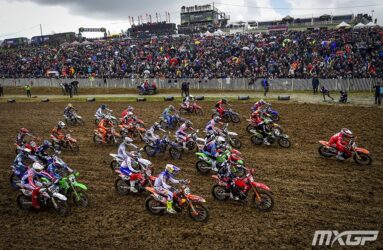

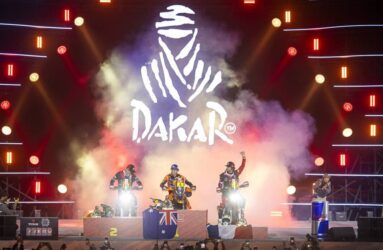
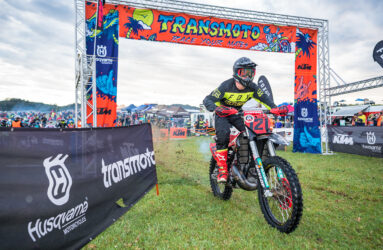

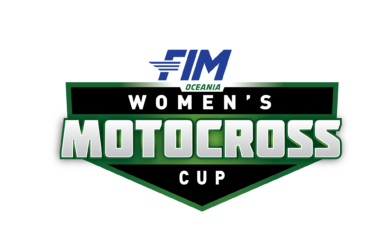
Be the first to comment...